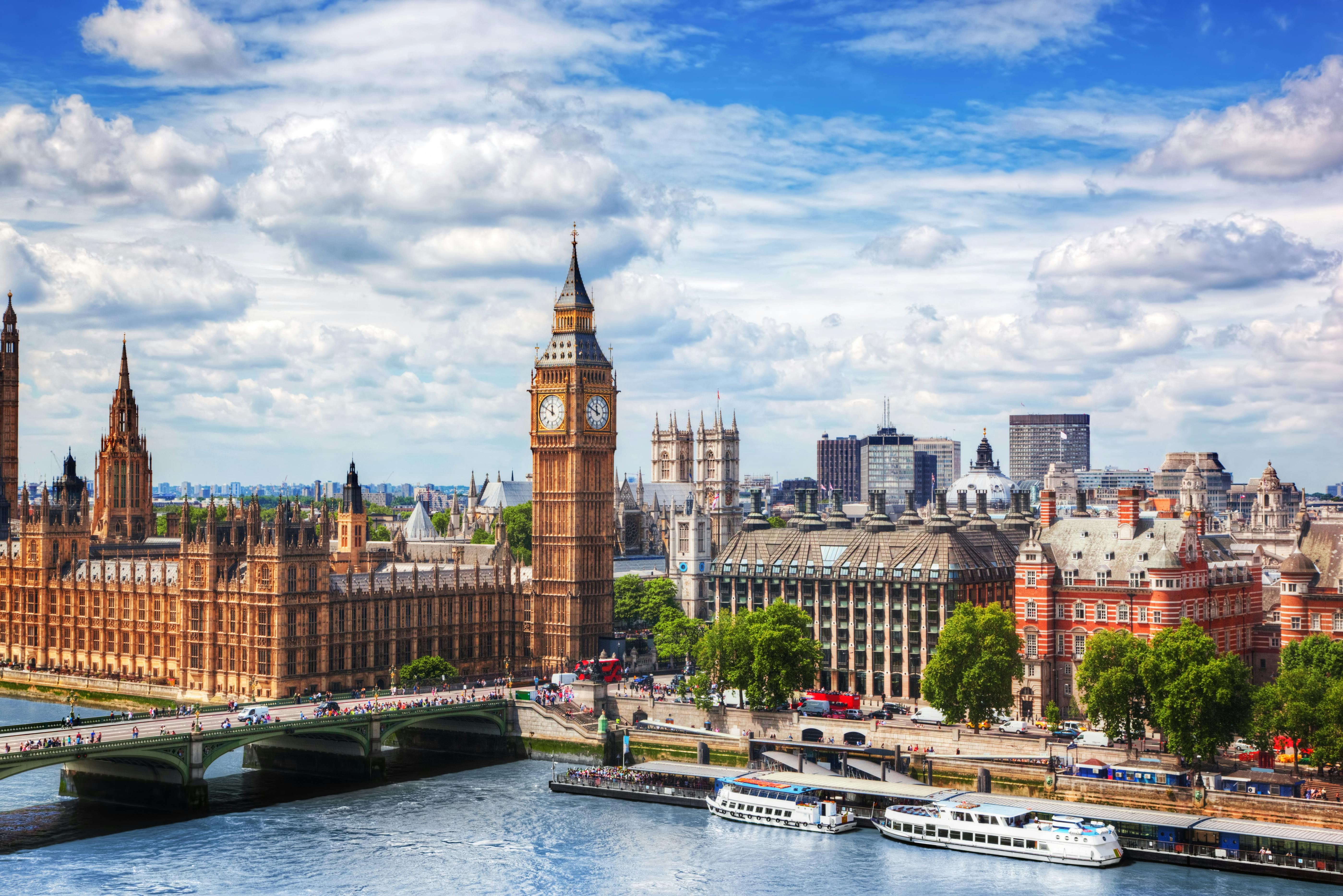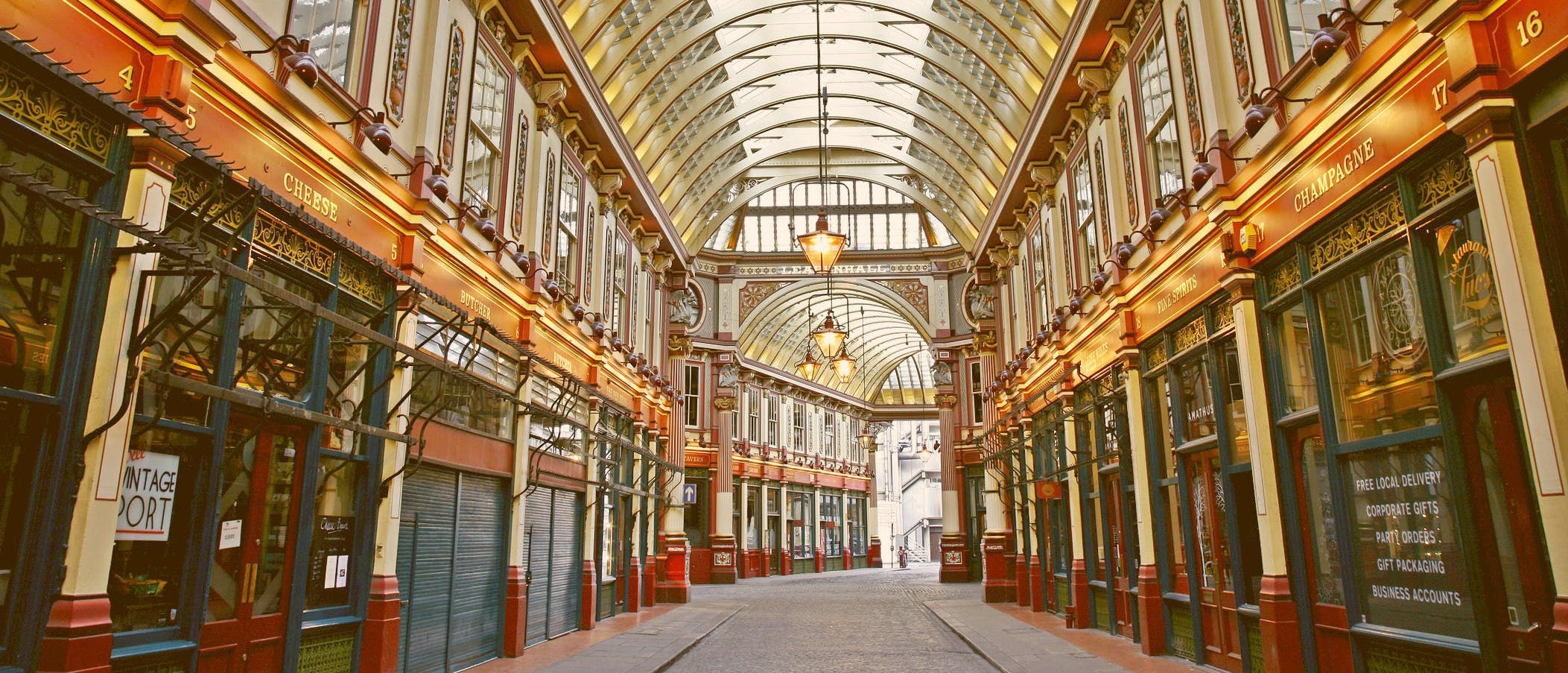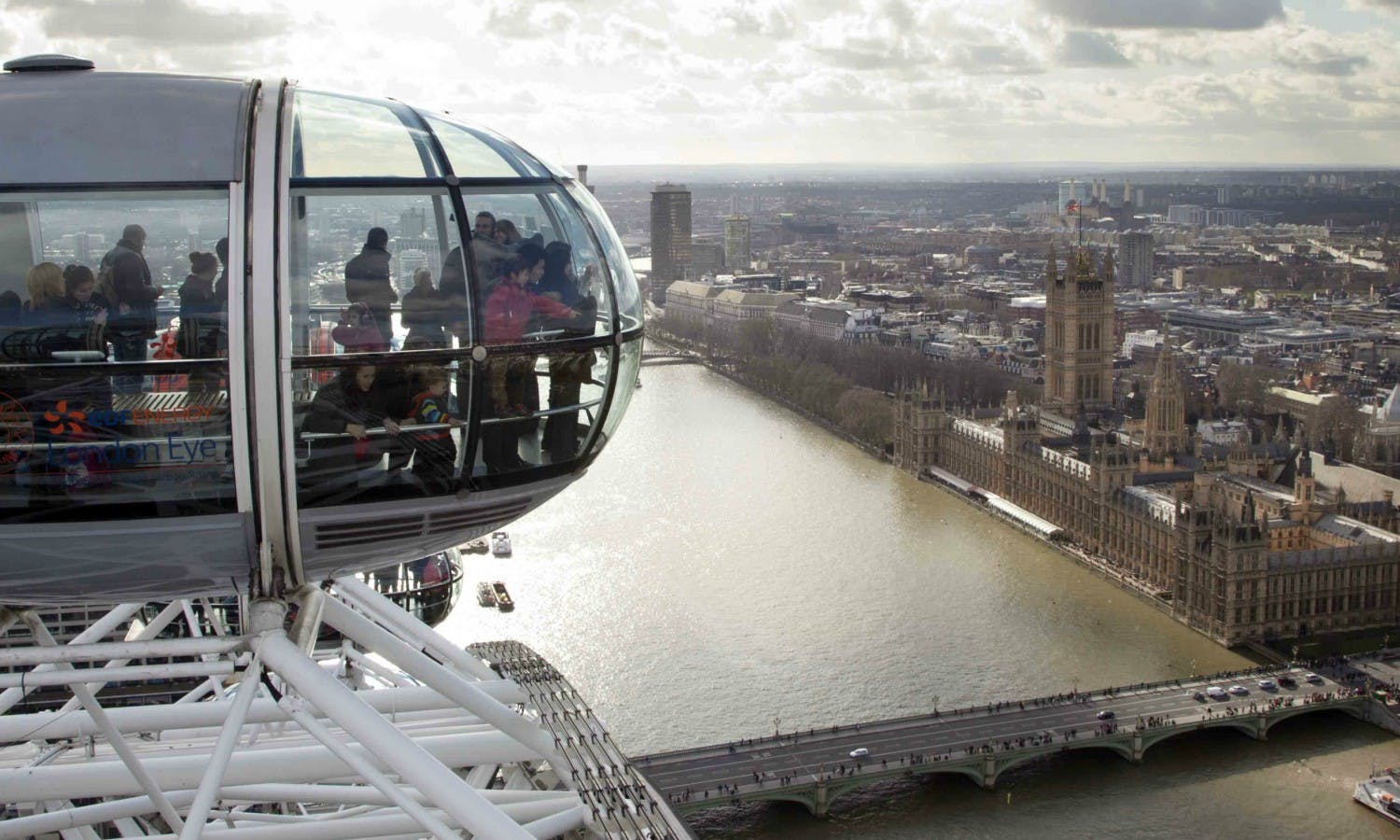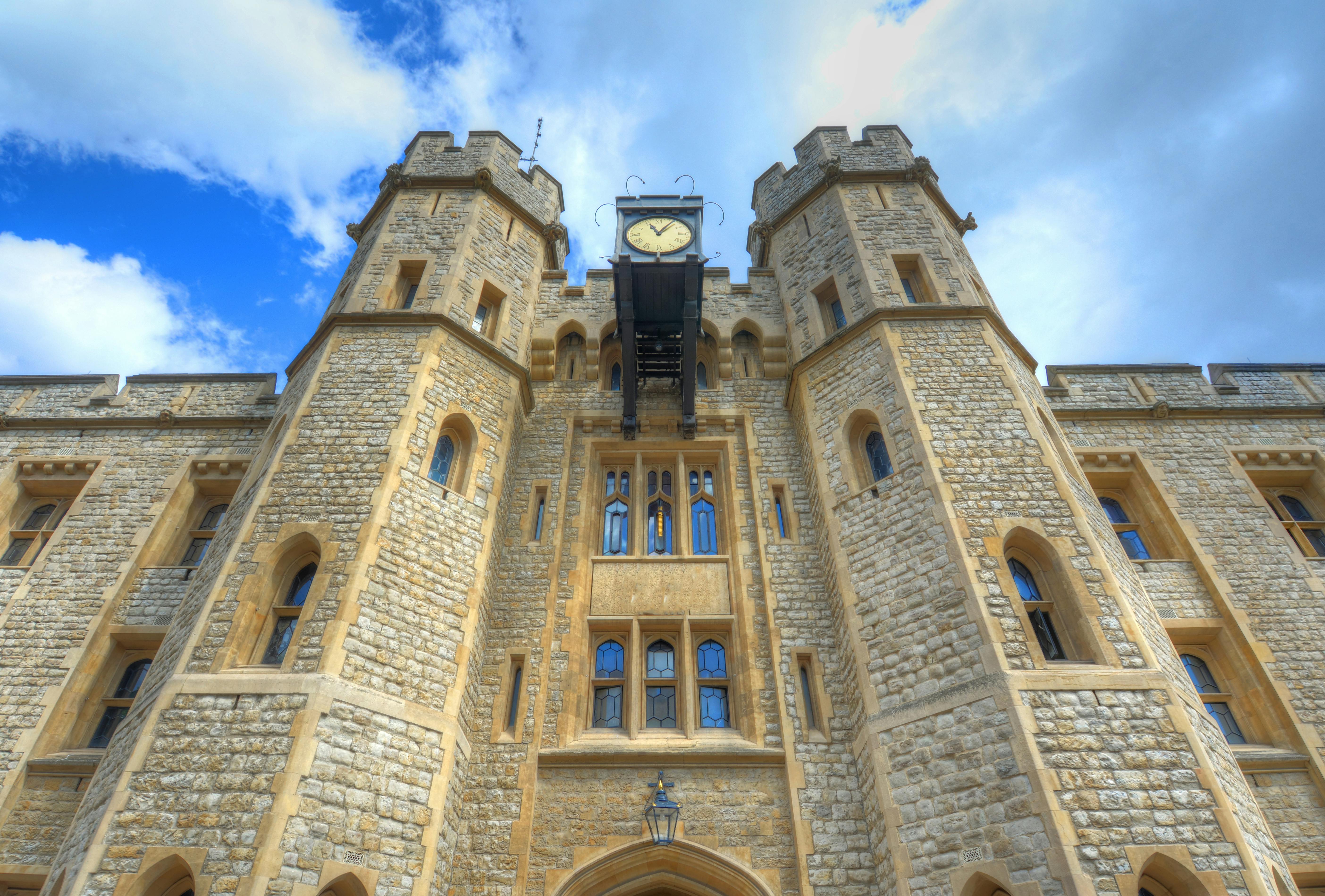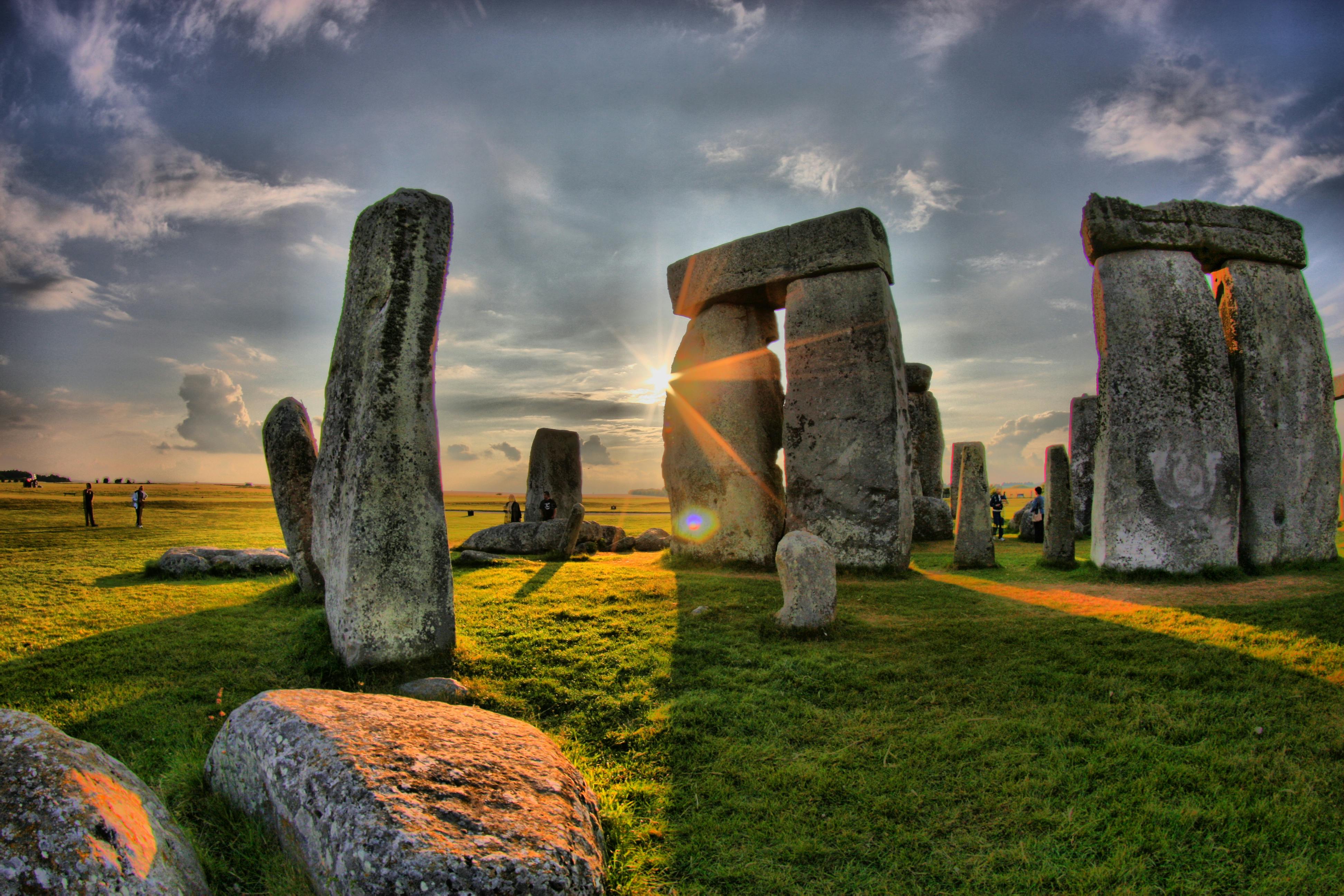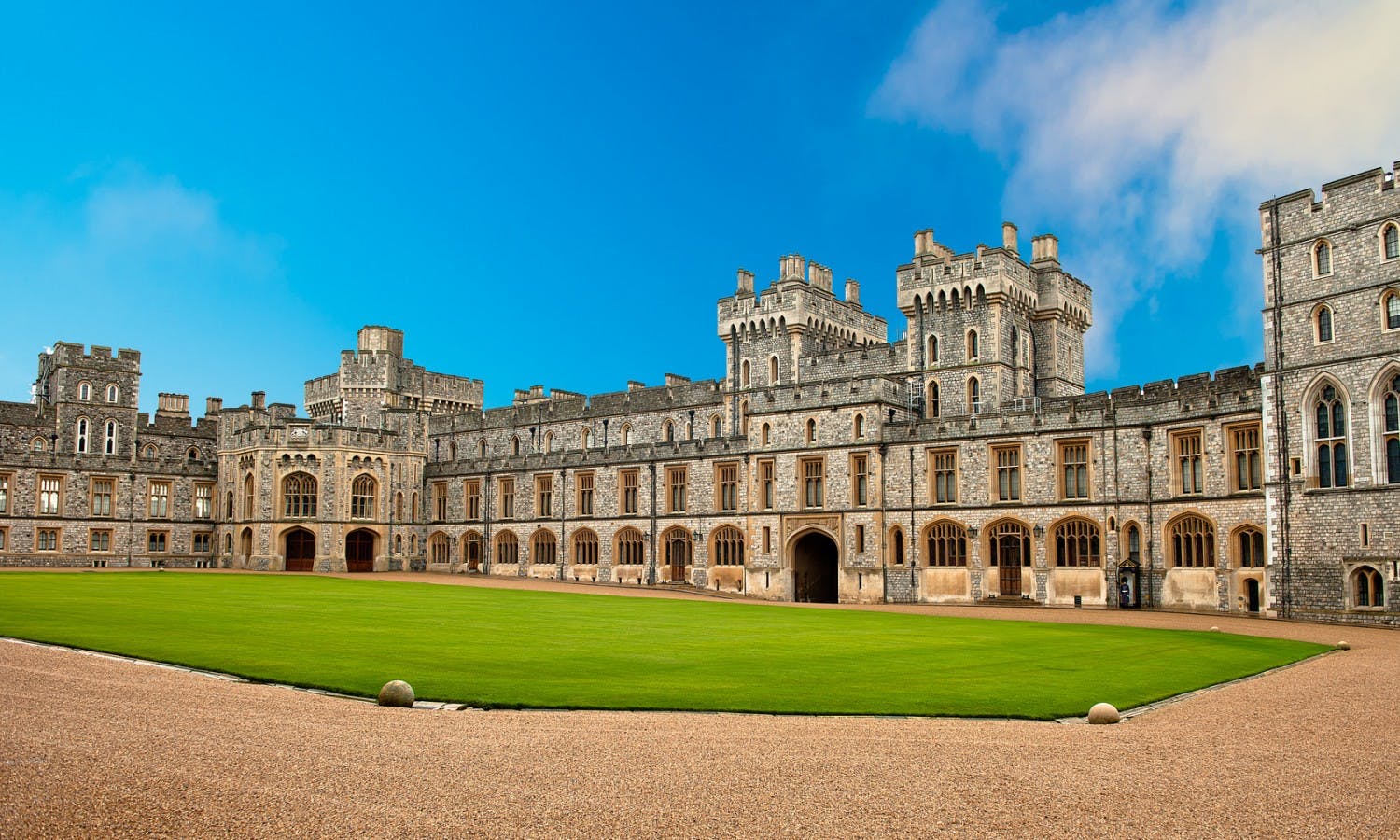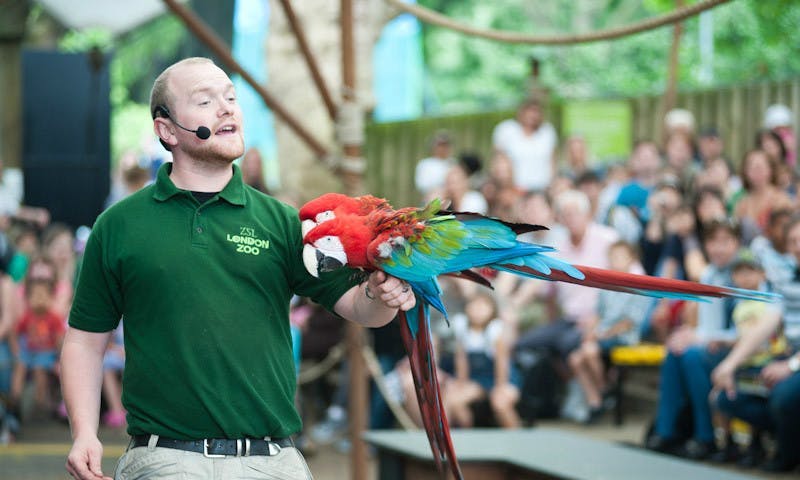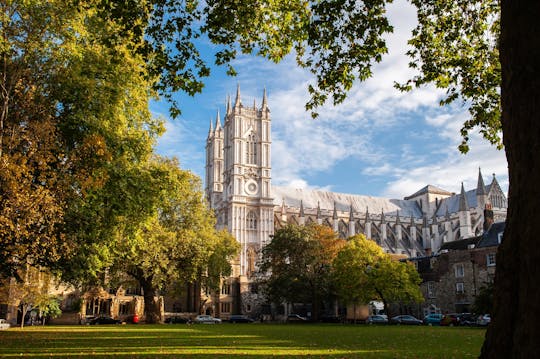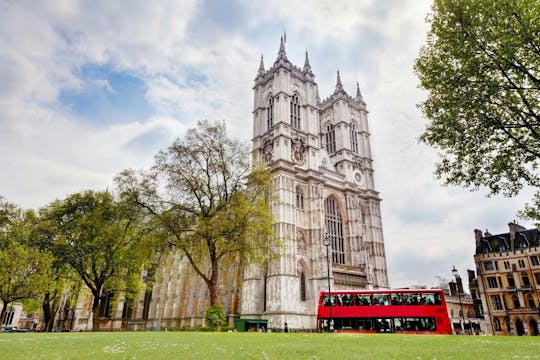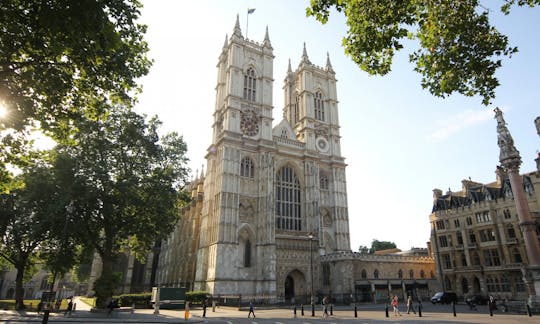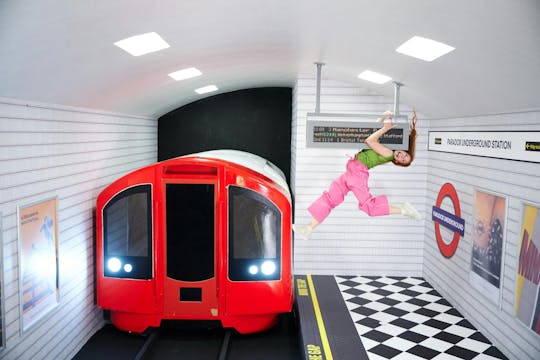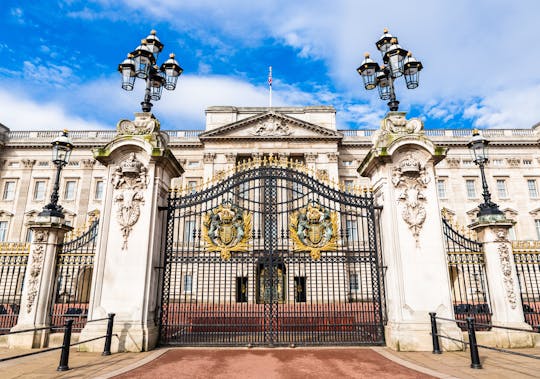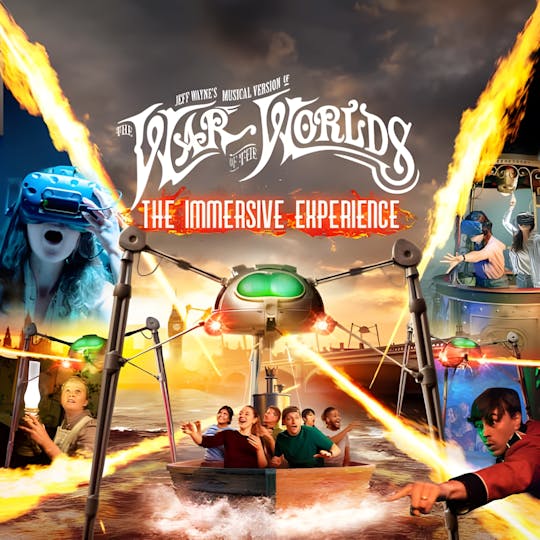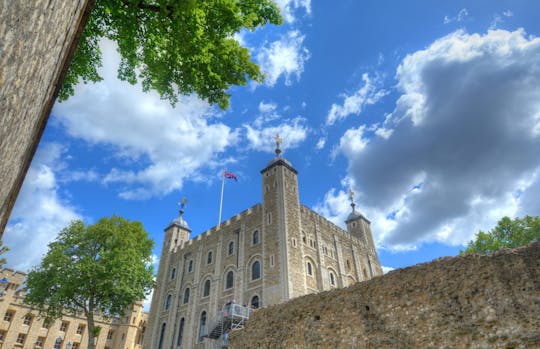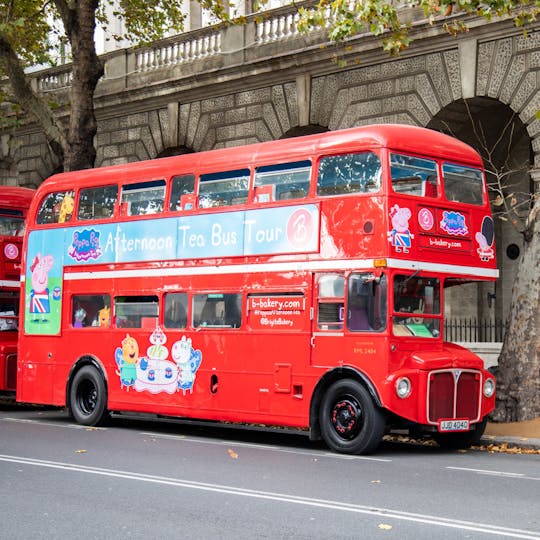Where to go
United Kingdom
Things to do in London
Top 6 things to do in LondonLife moves fast in this sprawling cosmopolitan city. Famed for its diversity, it’s a melting pot of cultures and a hotbed of progressive art, fashion, and music. That said, it’s equally well known for its long and fascinating past that stretches back almost two millennia. This is a place where innovation and the ancient go hand in hand, where you can admire both the historic Tower of London and the modern Shard, or the celebrated British museum and an avantgarde installation. The choices are endless. We make it easier by sharing our top picks with you. From the magnificent Buckingham Palace to an enviable array of world-class museums and a giant wheel with jaw-dropping views, discover the city’s best. 1. Tower of London Dating back to 1066, the Tower of London lets you glimpse the city’s grisly yet captivating past. The former royal residence also served as an armory, treasury, mint, zoo, and most famously a high-ranking prison where royalty and nobles met their tragic ends. You can also admire the glittering Crown Jewels. 2. Buckingham Palace No trip to London is complete without seeing the Buckingham Palace, symbol of the British monarchy and the official royal residence since 1837. While you can admire it from afar, nothing compares to standing before the grandeur of rooms such as the red-carpeted Grand Hall with its glittering chandeliers. 3. London Eye The world’s largest cantilevered observation wheel, the London Eye takes you a dizzying 135m up high. On a clear day, views stretch as far as 25 miles, giving you a birds-eye vantage point on the city’s famed landmarks. It’s a slow 30-minute ride that’s so smooth, it’s easy to forget just how high up you are. 4. British Museum Opened in 1759, the British Museum is one of the world’s oldest and greatest museums, with an awe-inspiring collection of art and artifacts over two million years of human history. From the Rosetta Stone, key to decoding hieroglyphics, to the disputed Elgin Marbles, a visit here is an eye-opening experience. 5. Westminster Abbey If only these walls could speak. Since 960 AD Westminster Abbey has held (almost) every monarch’s coronation since William the Conqueror, 16 royal weddings, and is the resting place of 3300 prominent people in British history, from poets to politicians. It’s also famed for its early English Gothic architecture. 6. National Gallery You could easily spend a day immersed in this collection of European masters with more than 2300 works. Covering the mid-13th century to the 1900s, it has paintings by acclaimed artists ranging from Da Vinci to Van Gogh, Picasso, and Turner. While temporary exhibitions aren’t free, they’re also worth a look. Planning your London visit When to go? London is a bustling megacity that never stops, regardless of the time of year. An action-packed calendar of events, from festivals to live music and theatre performances, takes place all year round. That said, summer is the most popular season for visitors, when the weather gets warm, and the days get long. The downside is you’ll have to endure queues for most attractions, while accommodation prices also rise. Christmas and bank holidays are similarly busy. Spring and autumn are better seasons if you’re looking to avoid the crowds and still enjoy some nicer weather; you may want to pack an umbrella though as it tends to rain. Those who aren’t put off by a bit of cold weather and shorter days will enjoy the calmer winter months of January and February. How many days should you spend? London is the kind of city you can spend anywhere from a day to a week, depending on what you want to get out of your trip and how packed you like your schedule to be. It’s impossible to see everything so it’s best to prioritize and plan in advance. For first-time visitors, three to four days is enough to give you a taste of the city and see some of its main attractions. Keep in mind it’s an enormous city so distances between landmarks can be great; you’ll need to factor this into your plans. Otherwise, five to seven days will allow you to go at a slower pace and include more local experiences, like going to the pub, seeing a play in the West End and strolling through one of its many gorgeous parks. How to get there? Heathrow is the main airport and it’s well connected to central London by bus, the Overground, Heathrow Express and the Tube, which all run from around 5 am to midnight. Night buses are also available, while the Tube runs 24/7 on Friday and Saturday. Tickets cost £5.10-34; taxis costs £50-90. City Airport is closest to central London and is connected by DLR (one way £2.80-5). Taxis cost £25-50. Gatwick is connected by the Gatwick Express that runs direct to Victoria (£31.05). Budget options such as coach (from £4) or bus (£11-20) are also available. Taxis cost around £100. Stansted is connected by the Stansted Express (£19.40) and 24/7 by coach (£8-13). Taxis cost around £100. Luton is accessible by coach 24/7; tickets from £5. Trains cost £17.70; taxis charge £50-80. How to move around the city? London is fairly easy to navigate with an extensive transport system that includes: the Tube (one of the fastest modes of transport), the Overground and the DLR, and buses. Using an Oyster card is the cheapest way to get around. On the other end of the scale, you have taxis, which are convenient but pricey (especially the Black Cabs). The city also has a bike-share program that’s handy if you’re a confident city rider. These are designed for short trips, so if you’re interested in doing a longer journey it’s better to rent a bike elsewhere for the day. If you’re looking for a more scenic way to get around, there are also boat rides along the Thames. Where to shop? London is a paradise without peer for shoppers. If you have the time and money, choices are literally limitless. Oxford is the most famous (and also busiest) of the city’s shopping streets. It’s home to commercial brands such as Adidas and Zara, and a handful of established department stores. Nearby Regent St offers more upscale brands, such as Calvin Klein and Barbour. Covent Garden is also popular, but has a more diverse mix of stores, with luxury brands such as Tom Ford and one-of-a-kind gems such as the Petersham Nurseries and the eclectic Neal’s Yard. Creative types will want to go to Shoreditch, where chic buys from Redchurch Street can be paired with vintage picks from Brick Lane. Finally, Mayfair is the place for haute couture, luxury brands and bespoke suits.
